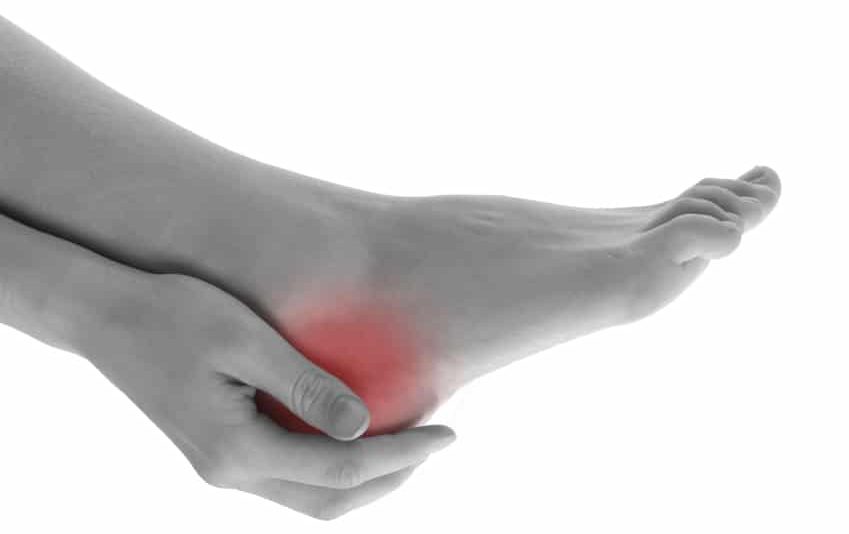Why Does My Heel Hurt?
By Mark Heard, Podiatrist
Heel pain. Heel spurs. Plantar fasciitis. Plantar fasciosis. Plantar fasciopathy. You’ve just got out of bed early in the morning. You put your feet on the ground and go to get up and WOW, OUCH + other expletives.
You went to bed the night before feeling fine and now you can barely walk. You stagger to the toilet first. Then you sit back on the bed.
You look at your foot and heel.
“Nope, can’t see anything wrong, so why is it so sore???”.
“Did I step on a piece of lego the kids left out – can’t see anything?”
“If I push really hard on the heel it’s a bit sore but not like when I stand on it, what’s going on?”
“I know, I’ll Google it!!!”
Does this sound like you?
We have been treating heel pain successfully for over 25 years and the above scenario is how most people describe their first experience of PLANTAR FASCIITIS.
You Google it, you find dozens of different cures and promises of immediate relief.
Let’s cut through the fluff and tell you what’s going on.
What is it?
Plantar fasciitis means an inflammation of the plantar fascial ligament.
The plantar fascial ligament is a big band of tissue that runs from the bottom of your heel bone and attaches under the bottom of your toes.
So do you have plantar fasciitis? That’s the tricky bit with heel pain – it may be plantar fasciitis or any number of other things (degeneration of the tissue, nerve irritation, bruised fat pad ………) each have slightly differing symptoms and differing causes and therefore require different treatments.
How did I get it?
Often we don’t know exactly why someone gets plantar fasciitis and heel pain.
The simple fact is that something is placing too much strain or force on the plantar fascial ligament.
And what could be doing that?
LOTS – how our foot and ankle moves can cause it (flat feet, high arched feet), tight or weak muscles may be involved (tight calves, weak glutes), the wrong shoes (too hard, no support) and unfortunately, the heavier you are, the more likely you are to get it.
Generally, there is not just one but several issues combined that are causing the pain.
How long will it last?
The evidence says heel pain may go away by itself EVENTUALLY – but that can be several years away.
However, it can be treated and while it varies, most people will get an immediate reduction in pain following treatment but will often take 2-3 months for complete relief.
If you Google ‘heel pain’, you will see there are dozens of solutions, cures and “quick fixes” for plantar fasciitis.
However, in general, our experience and evidence says:
Work out what are the likely causes then:
Treat the likely causes
The pain will go away
IT’S THAT SIMPLE
So what does our treatment look like?
- If you’ve had pain for more than a week or two, make an appointment and get it assessed properly (yes, you can try and roll a frozen Coke bottle under the arch but that may not be what you need)
- We’ll listen to things like – when did you first notice the pain, what does the pain feel like, what seems to be making it better or worse and has anything in life changed (taking up running for example, put on some weight)?
- We’ll gently assess things like how you walk and run (are your feet flat or high arched, are there other areas in your ankle and leg that are stiff or tight) and check your footwear and other areas that could be affecting your heel
- We’ll then give you a plan on how to get rid of the pain. We’ll recommend things that will get rid of your pain as quickly and as simply as possible by using some of the following:
- Exercise to stretch and strengthen various foot and leg muscles
- Massage and foot mobilisation
- Footwear advice
- Strapping
- Dry needling/acupuncture and laser
- Flexible orthotics
What we won’t do is just say “it will get better eventually” or recommend cortisone injections
So do you have heel pain, it hasn’t gone after a week and you want the best treatment and advice?
